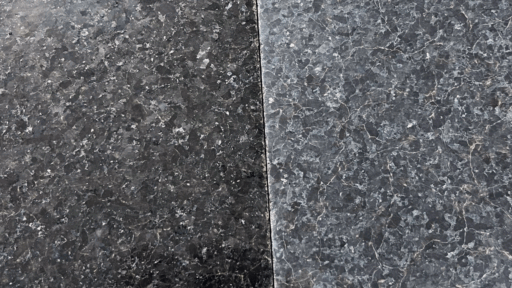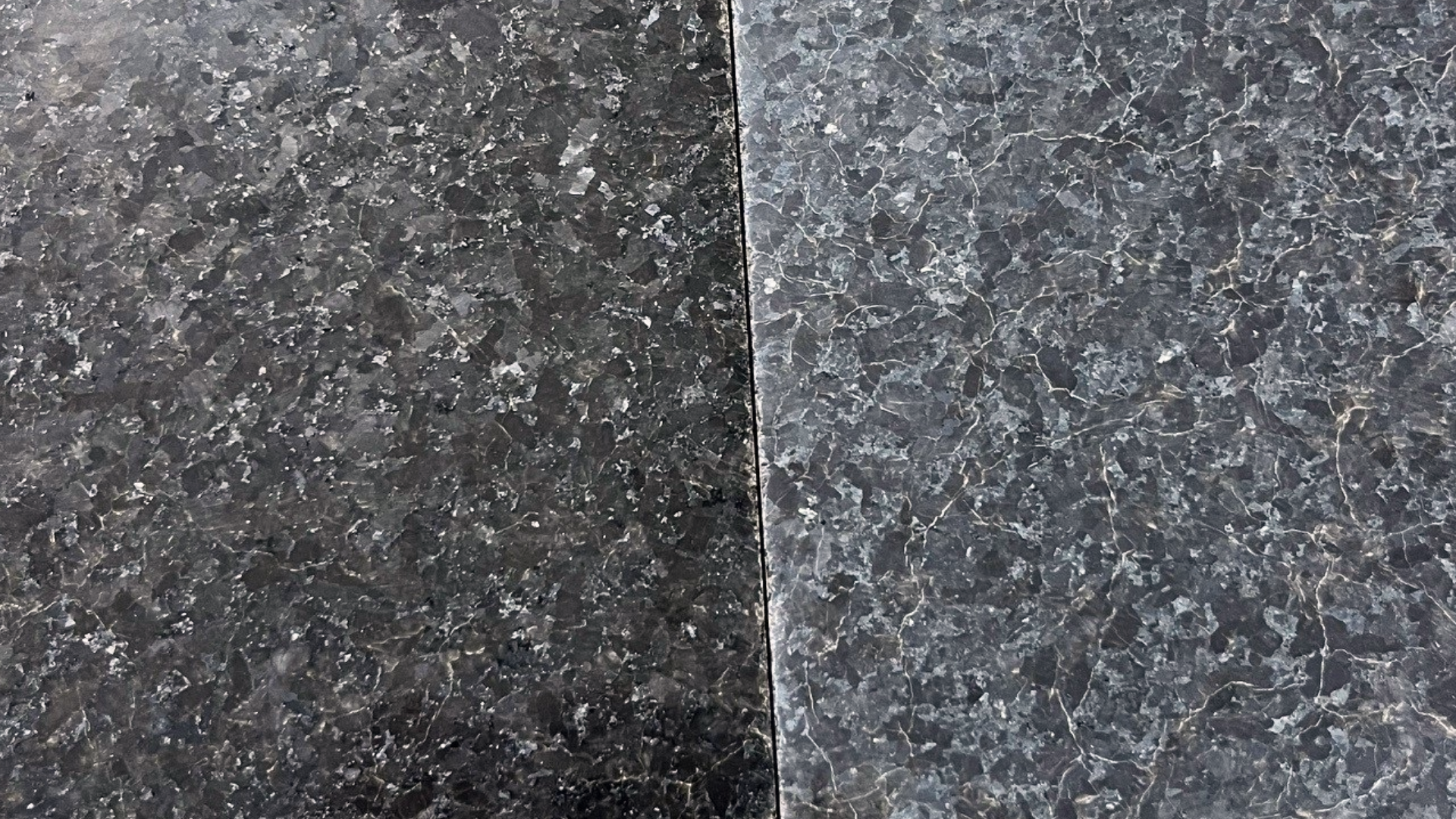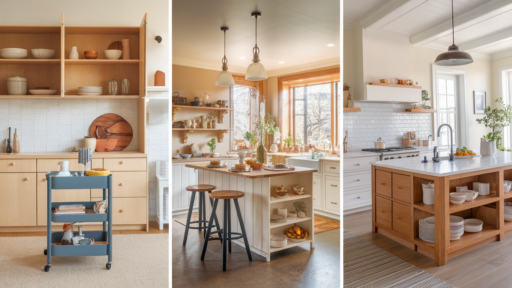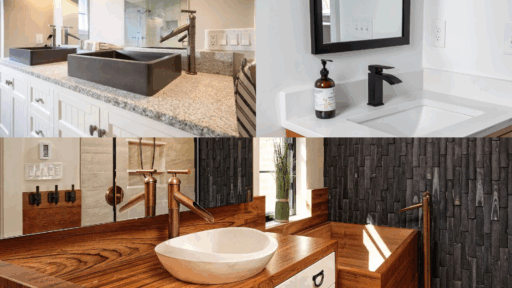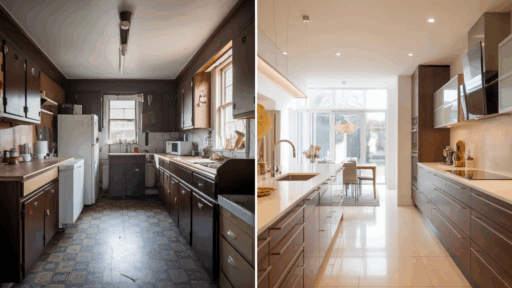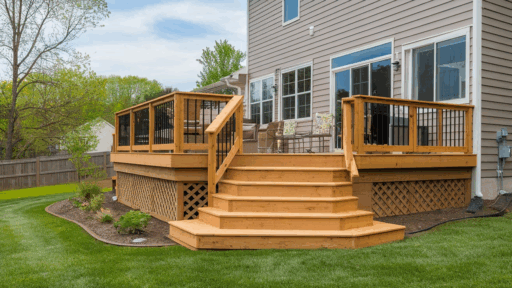When choosing stone finishes for your home, you’ll encounter two popular options: honed and polished.
Both offer unique looks, but they have key differences that affect their appearance and performance.
Understanding these differences is crucial when deciding which finish works best for your project.
In this article, I’ll break down honed and polished finishes, covering their look, maintenance, and durability.
By the end, you’ll have a clearer idea of which finish suits your home, whether it’s for a kitchen renovation or a bathroom update.
Let’s dive into the details to help you find the perfect stone finish for your space.
What Is a Honed Stone Finish?
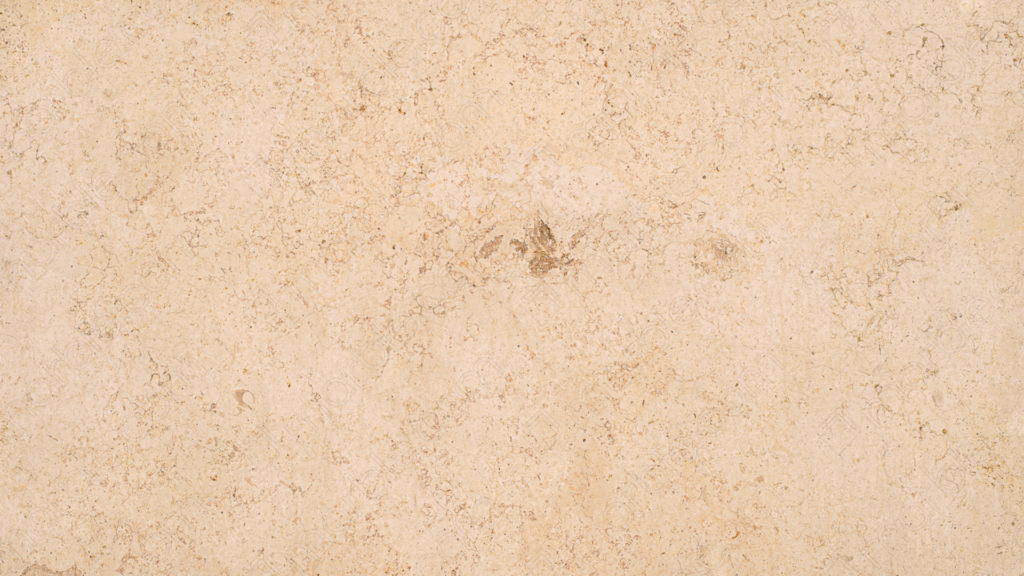
A honed finish is smooth, but not glossy. It’s created by grinding the stone until it’s flat and even, but without polishing it to a high shine.
This gives the surface a clean, smooth texture that’s soft to the touch but lacks the shiny, reflective look of polished stone.
The look and feel of honed stone is usually matte or satin, meaning it has a soft, natural finish.
While it’s smoother than a rough, unfinished surface, it doesn’t sparkle or shine.
It’s perfect if you want a more understated, subtle appearance. Honed finishes are popular in places like kitchens, bathrooms, and other high-traffic areas.
This is because they’re less slippery and don’t show fingerprints, water spots, or scratches as easily as polished finishes.
If you’re looking for a practical, low-maintenance option, honed stone could be a great choice for your home.
What Is a Polished Stone Finish?

A polished finish is achieved by grinding the stone to a high shine. This process makes the surface smooth and glossy, creating a sleek, shiny look that’s hard to miss.
The mirror-like shine of a polished finish really brings out the stone’s natural colors and veining.
If you’ve ever seen a countertop that looks almost like a mirror, you’ve seen polished stone. It’s glossy and reflective, making the stone appear vibrant and full of life.
Polished finishes are often used in areas where looks are a priority.
This makes them popular for places like living rooms, entryways, or dramatic countertops.
If you want your stone to make a statement, a polished finish is the way to go. It adds elegance and a high-end look to any space.
Honed vs. Polished: Key Differences
When choosing between honed and polished stone finishes, it’s important to understand how each one performs in terms of appearance, maintenance, and durability.
1. Appearance
Honed stone has a matte, subtle finish that gives it a more natural and understated look. The surface is smooth but not shiny, which makes it a great choice for creating a relaxed, cozy atmosphere.
Its soft finish works well in spaces where you want a more grounded, simple look, like in kitchens or bathrooms.
In contrast, polished stone is shiny and vibrant, with a glossy, mirror-like finish that highlights the stone’s natural colors and patterns.
This type of finish really makes the stone stand out and can create a dramatic, high-end look.
It’s ideal for spaces where you want to make a bold impression, such as living rooms or countertops in areas where looks are a top priority.
2. Maintenance
Honed stone may require more frequent sealing because it’s more porous than polished stone.
This makes it more susceptible to absorbing liquids, which could lead to stains if not sealed properly.
However, the good news is that honed stone is generally easier to clean since it doesn’t show fingerprints, water spots, or smudges as easily as polished stone.
It’s a great choice for those looking for a low-maintenance, practical option.
Polished stone, on the other hand, is more resistant to stains because of its smooth, shiny surface. This makes it easier to maintain in high-use areas like kitchens.
However, while it resists stains, it’s more prone to showing scratches and etching. This means you might need to put in a bit more effort to keep it looking pristine, especially when cleaning.
The high gloss can also make fingerprints and smudges more noticeable.
3. Durability
Honed stone is known for being more resistant to scratches and wear. It’s a durable finish that holds up well over time, especially in high-traffic areas.
However, one downside is that it can be more prone to absorbing liquids, so you’ll need to be diligent about sealing and wiping up spills quickly.
Despite this, it’s a great choice if you’re looking for a finish that can handle the rough and tumble of daily use.
Polished stone is great when it comes to resisting stains and liquids, as the shiny surface repels spills.
However, while it stands up to stains, it’s more prone to scratches and etching over time, especially in areas that get a lot of use.
This means you’ll need to be careful with heavy items or acidic substances that could damage the finish. While durable, it does require more attention to keep it in top condition.
How to Choose Between Honed and Polished Stone?
Choosing between honed and polished stone depends on several factors, like the look you want, the function of the space, and how much maintenance you’re willing to do.
1. Consider Your Space and Style
When choosing between honed and polished stone, think about the space you’re working with and the overall style you want to achieve.
If you’re looking for a natural, understated look, honed stone might be the better choice. It works well in areas where you want a more relaxed feel, like in kitchens or bathrooms.
On the other hand, if you want to create a bold statement or a more elegant atmosphere, polished stone can add that shiny, dramatic effect.
2. Think About Maintenance
Next, think about how much maintenance you’re willing to do.
Honed finishes often require more frequent sealing and can absorb spills more easily. But they’re great for hiding scratches and imperfections.
If you don’t mind putting in a little extra effort to maintain it, honed stone is a solid choice.
Polished stone, however, is easier to clean and resists stains better, but might show scratches or etching over time.
3. Consider Durability and Traffic
Durability is another important factor. Honed stone is generally more resistant to scratches and wear, making it a good option for high-traffic areas.
However, it can absorb liquids if not sealed properly. Polished stone is more stain-resistant but can show damage like scratches or etches more clearly.
So, think about how much traffic the area will get and how much use the stone will endure.
4. Think About Light and Reflection
If your space has a lot of natural light, a polished finish will reflect light and make your space feel brighter.
Honed stone, on the other hand, has a more muted appearance and won’t reflect light as much, which can help create a softer, more relaxed vibe in your home.
5. Budget Considerations
Lastly, consider your budget. While both finishes can be beautiful, polished stone may come at a higher price point due to the extra labor required to achieve that glossy, smooth look.
If you’re working with a tight budget, honed stone can often be a more cost-effective option while still offering a great look and performance.
By keeping these points in mind, you’ll be better prepared to choose the stone finish that’s right for your project.
Conclusion
In the end, the choice between honed and polished stone really depends on what you’re looking for.
Honed stone offers a more natural, matte look and is ideal for high-traffic areas, while polished stone provides a shiny, glossy finish that accentuates the stone’s color and veining.
The right option will depend on your space, style, and the level of maintenance you’re willing to handle.
Consider how you want the stone to appear, the level of traffic the area receives, and the amount of effort you’re willing to invest in maintaining its appearance.
If you’re after a relaxed vibe or a more dramatic statement, the right stone finish can make a big difference.
I recommend that you explore your options and, if you’re unsure, consult a professional to help you make the best decision for your space.

